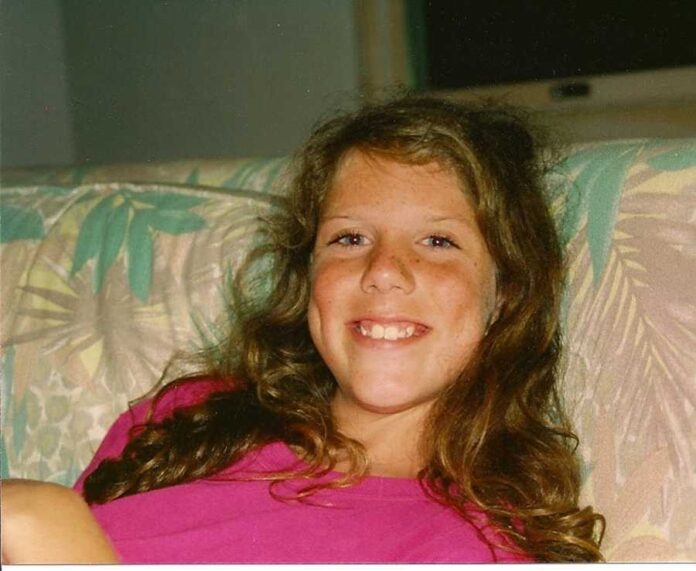As I moved from room to room of my childhood home, the pictures my Mom had scattered on the shelves and walls over the years caught my attention in a way they never had. There were photos of me in youth sports, school pictures, my senior portraits, and decades worth of family celebrations and vacations – all of which I had seen thousands of times. But, for some reason, on this particular day, I noticed something very different about them. Something was missing.

Before I get to what that was, allow me to take you back to the very beginning…
I grew up the second oldest of five children in a loud, traditional, Irish Catholic family. My parents believed strongly in praying, playing, and eating together. It was the glue that, despite hard times, kept us a unit. In our household, there was never a shortage of love, opinions, hands, or commotion.

But, being a highly sensitive, introverted, middle child, I experienced everything around me in an exaggerated way. My thoughts and feelings contained an innate intensity that, as a young girl, I didn’t know how to turn off. I felt anxious in a room of noise, scared of confrontation, exhausted by emotional stimulation, and overwhelmed by social situations. Most of my family members were extroverted and didn’t seem to be rattled by the things and situations that left me feeling distressed, frightened, and unsafe.
As a result, the belief that ‘something was wrong with me’ cemented itself as the foundation of my very impressionable psyche. This manifested into full-blown anxiety by the time I was six years old. I would beg and plead with my parents to not make me leave the house or be forced to do something like a sleepover at a friend’s house or go to swimming lessons. I felt different. But I didn’t want to be different. I wanted to be like them. I so desperately wanted to feel like I ‘fit-in.’ And so, my disappearing act was born.

